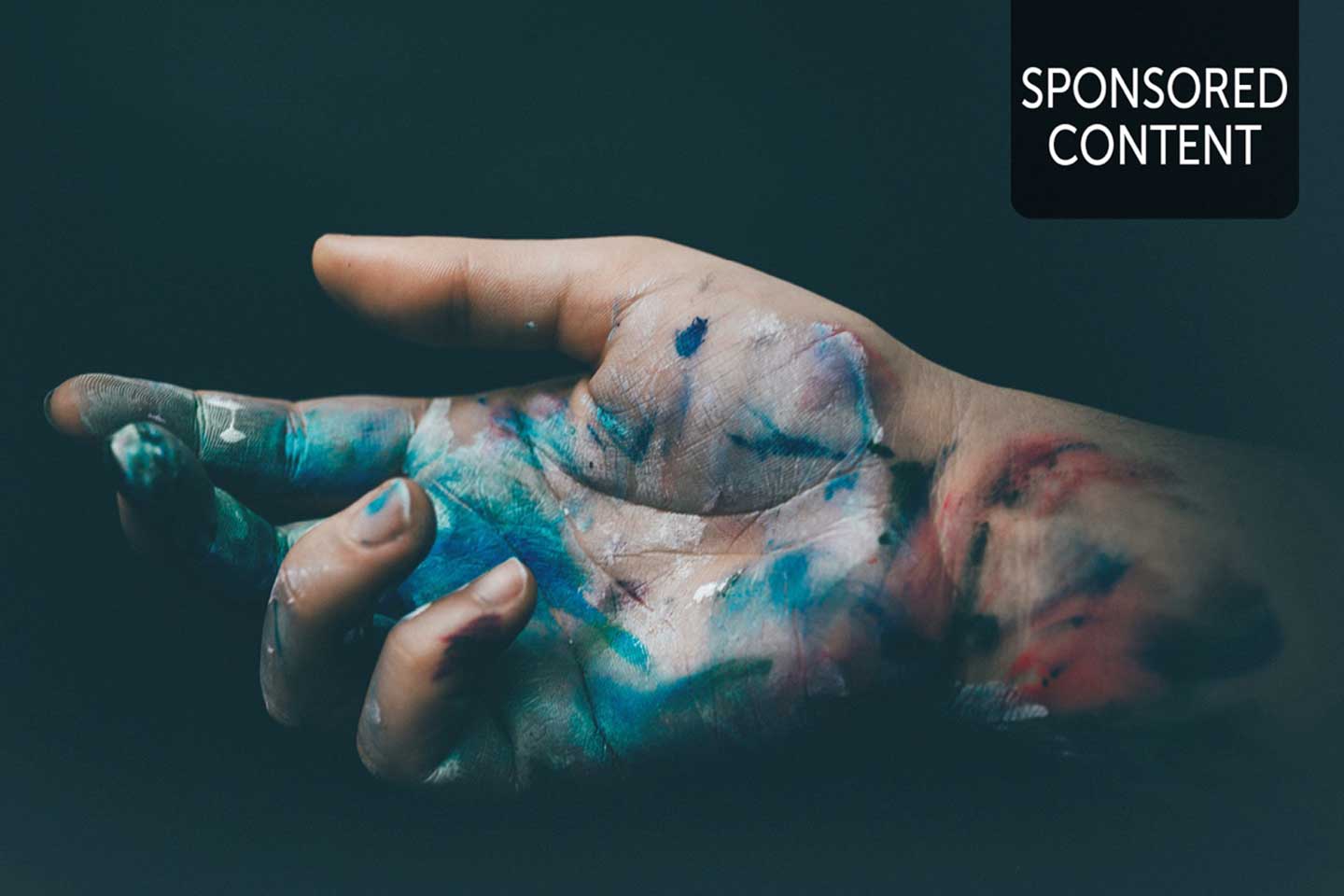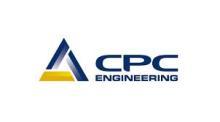The value and contribution of the arts to society is a question that has been postulated throughout human history.

Having been grappled with by ancient philosophers, medieval scholars and modern economists and policy makers, the topic still inspires intense debate and we are yet to land on definitive methods for quantifying its impact.
Notwithstanding this, there is an increasingly broader recognition that the value of the arts in society goes well beyond its emotional and entertainment impact, with various studies linking the arts with positive benefits in health, education, social capital and economic outcomes.
Art, culture and creative works connect people, inform and educate, enable debate and facilitate interaction with culture, history and diverse perspectives. In the midst of the COVID-19 pandemic, the importance of the arts has been heightened …and so too have the impacts upon the arts and cultural sector, with venues closed, productions cancelled and creative organisations facing an uncertain future.
Recently announced funding for culture and arts initiatives as part of the state’s recovery plan reinforce the critical role that the arts play in our society.
However, creativity is not just reserved for accomplished artists and performers. Creativity is an innate, human characteristic, something we all share and something that connects us to each other, across the globe and throughout time.
Through art, the output of creativity and a vehicle for documenting culture and knowledge, we are able to connect with the oldest continuous culture in human history in our own backyard, here in Western Australia.
The recent announcement of funding for the commencement of planning for an Aboriginal Cultural Centre here in Western Australia provides an important opportunity for us to strengthen this connection.
The intersection between creativity, knowledge and human progress is profound.
googletag.cmd.push(function() { googletag.display('bn-dfp-article-lb2-advert'); });Despite the contemporary predilection toward a focus on STEM (science, technology, engineering and mathematics) skills as the foundation of our future workforce, many are beginning to advocate for an expansion of this focus to ensure we do not erode important skills and capabilities derived through arts education. Incorporation of arts into a broader, more rounded curriculum – STEAM - has been demonstrated to lead to students making greater conceptual connections and more innovative problem solving. Both capabilities are critical in a range of disciplines, including being behind the breakthroughs we see in many STEM fields.
At their core, both startup science (the method that fuels startup innovation) and the scientific method begin with creativity and imagination in the formulation of hypotheses to be tested.
In “The Rise of the Creative Class” Richard Florida outlined the case for creative and innovative skills and professions, drawing the connection to economic growth and development. As we look to emerge from the current crisis and position
Perth as a world-class destination, it will be essential that we continue to focus on fostering a creative, liveable city with diverse people and cultures, connected through the arts.

















